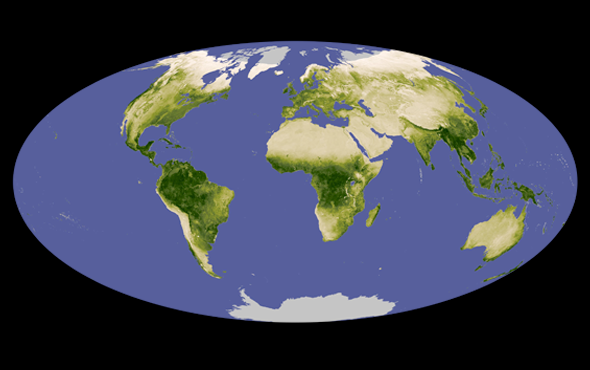Top news from around the world

PANAMA
While monitoring vampire bats in Panama, researchers discovered that the bloodthirsty fliers help one another find food by screeching after locating a juicy meal, despite departing their roosts alone.
FRENCH POLYNESIA
Scientists reconstructed historic Polynesian settlement routes by tracking rare gene variants in DNA from hundreds of islanders. Findings suggest that the shared tradition of carving massive statues, such as the Moai at Rapa Nui (Easter Island), may have originated at the Tuamotu Islands in French Polynesia.
SAUDI ARABIA
A massive collection of gnawed human and animal bones found in the Umm Jirsan lava tube was mostly left there by striped hyenas, researchers report. Fossilized feces and other markers suggest the site served as an underground den for the animals from around 4,500 to 150 years ago.
UZBEKISTAN
Paleontologists unearthed a 90-million-year-old dinosaur jawbone belonging to new species called Ulughbegsaurus uzbekistanensis. The 1,000-kilogram dinosaur had serrated teeth and was likely an apex predator, and its existence may have delayed the rise of large tyrannosaurs.
AUSTRALIA
Smoke from Australia’s 2019–2020 bushfire season littered the Southern Ocean with iron, nourishing an unprecedented algal bloom more expansive than Australia itself. Although blooms consume carbon dioxide from the air, they can also suffocate or poison marine life.
BRAZIL
Three decades of Amazon satellite data reveal that illegal mining incursions have quintupled on Indigenous lands in the past 10 years. These operations contribute to the Amazon’s deforestation, which causes 8 percent of global carbon emissions.
This article was originally published with the title “Quick Hits” in Scientific American 325, 6, 25 (December 2021)
doi:10.1038/scientificamerican1221-25a
